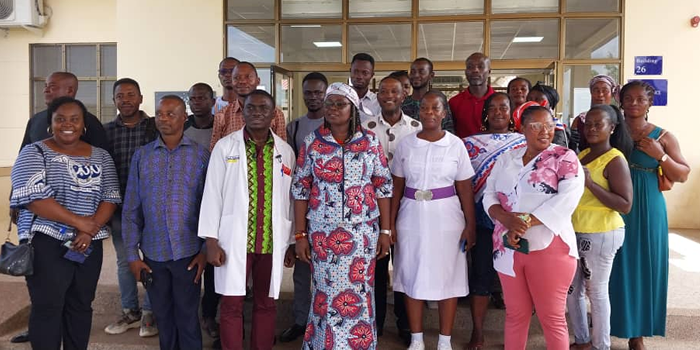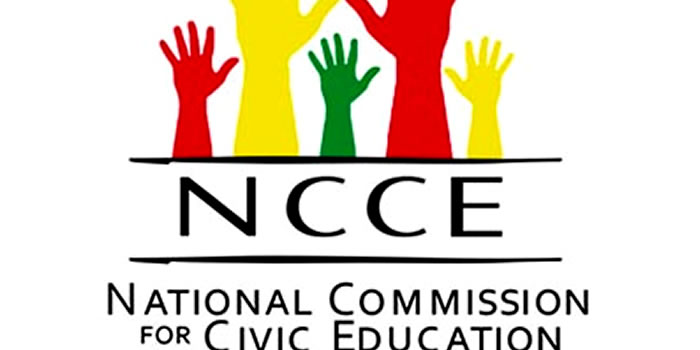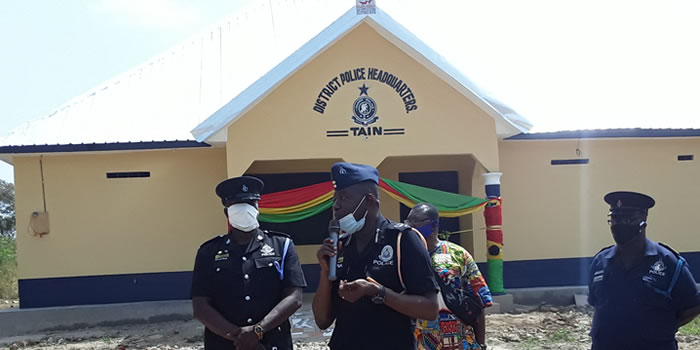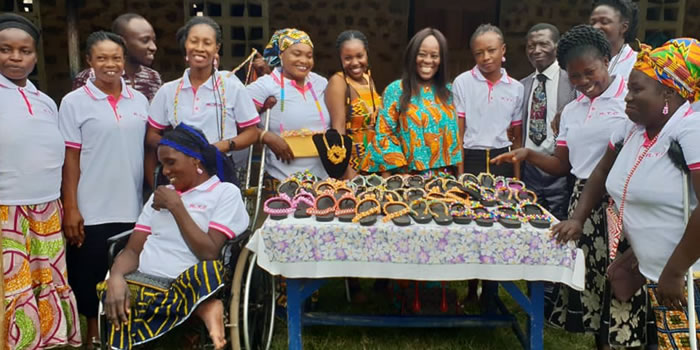

Information and Communication Technology (ICT)
The Central Administration of the Tain District Assembly can boast of a District Database System which was created in 2005 when the District was carved out of Wenchi Municipal. This system captures all the demographic, household and housing stock of the District. There are also ICT experts whom the District fall upon whenever there is a problem.
Regular updates of the Database system are conducted by the ICT experts in order to upgrade the current data of the District. Various benefits are derived from this system, especially in terms of planning and budgeting purposes. The DDS creates a register of properties for easy billing and this helps to improve the IGF of the District especially property rate collection.
Steps are far advanced to create a website for the Office of the Tain District Assembly.
Ownership of Mobile phones
Horizontal percentages calculated from Table 1.36 shows that, out of the total population of 59,021 persons who are 12 years and older in the Tain district, only 20,712 representing 35.1 percent have their own mobile phones. When males and females are compared, the data show that about two out of every five (40.5%) of the total male population of 28,943 own mobile phones, compared with about thirty percent (29.9%) of the total female population of 30,078 who are twelve years.
Use of internet
Table 1.36 shows that the proportion using the internet is very far smaller than the proportion using mobile phones. Out of the total population of persons who are 12 years and older (59,021 persons) in the district, only 611 persons, representing 1.0 percent use internet facility. Amongst the 611 persons who use internet facility in the district, 468 or more than three out of every four (77%) are males.
The sex variations do not present a good picture about internet usage in the district. For example, out of the total male population, only 1.6 percent use internet, compared with 0.5 percent of the female population who use internet facility.
Household ownership of Fixed Telephone Lines
In addition to the relatively low level of ownership of mobile phones in the district, there are only 27 households of the total 16,313 representing (0.2%) who have fixed telephone lines. Out of the 10,448 male headed households, 19 or 0.2 percent have fixed telephone lines, compared with 8 or 0.1 percent of the 5865 female headed households, as shown in Table 1.38
Household ownership of Desktop or Laptop computer
Table 1.41 also indicates that, out of the 16,313 households in the Tain District, less than three percent (2.4%) own desktop or laptop computers. This obviously implies that the development of ICT in the district is not widely spread.
Out of the 10,448 male headed households, 285 or 2.7 percent have desktop/ laptop facilities. This compares to the 1.9 percent out of 5865 female headed households.
DISTRICT COMMUNICATION STRATEGY/PLAN
Introduction
The ability to communicate is essential to the success of any undertaking and an important factor in the achievement of its objectives. We have entered an age of knowledge, and the key to accessing and harnessing that knowledge lies in the ability to communicate.
The DMTDP (2014-2017) has an important communications responsibility both in respect of making known the implementation of its programmes, projects, activities and in relation to its various leadership roles. The DPCU must ensure that the DMTDP reach stakeholders and give them the opportunity to feed into the implementation of the DMTP in order for the plan to be relevant to them.
This section sets out communications activities for the DMTDP and is targeted at allthose involved and interested in the plan. The communication strategy aims to ensure participation by stakeholders in the smooth implementation of the DMTDP in order for the beneficiaries to derive full benefit from the plan.
Roles and Responsibilities
A number of personnel are involved in implementing, monitoring and evaluating the communications strategy. There shall be the District Development Communication Committee, chaired by the Presiding Member with the Information Officer serving as the secretary. It will oversee communications (both internal and external) as well as ensuring that communications form a key component of all relevant activities. Membership of the Committee shall be the District Planning Officer, Community Development Officer, Social Welfare Officer and the District Budget Officer. Their activities will involve:
• Dissemination of the DMTDP and Quarterly and Annual Progress Reports of the implementation of the DMTDP
• Creation of awareness on the expected roles of the stakeholders in the implementation of the District
programmes, projects and activities
• Promotion of dialogue and generation of feedback on the performance of the District
• Promotion of access and management of expectations of the public concerning the series of the District.
Channels of Communication for Relevant Audiences
It is important that messages about the implementation of the plan reach all relevant audiences, while the DPCU also develops consultation strategies with the private sector. The District Communication Committee will aim to communicate effectively (through two-way dialogue) with a range of stakeholders, including but not limited to those outlined in Table 7.1.
The committee will work towards multiple, audience-specific forms of dissemination. All forms of communication will be tailored to be accessible, and relevant to the specific target audience. Communication will be sensitive to social, economic, cultural, ethnic and other diversity. The committee recognizes that merely placing information online is not sufficient to ensure that it is accessed and utilised. It will therefore endeavour to ensure that audiences are made aware of the material through a variety of channels. Channels for communication for relevant audiences are outlined in Table 7.1.
Communication Work plan
The work plan is a framework that depicts how the communication plan will be implemented. It gives a picture at a glance as to the activities that will be undertaken, the time frame, those who responsible for each activity and the success criteria.
Science, Technology and Innovation (STI):
Science and technology pervade all aspect of modern life. Science is very important to our lives now because it basically studies the things happening around us and within us from a scientific point of views. Several technological advances have always tried the minds of men. But one thing is for sure, technology has always been there to help us in our everyday situations. In fact, technology has given us the power to support our rapidly growing need.
The district is a major producer of cashew and over the years, the nut is processed and value-added for some uses. However, the fruit is left to rotten. There is therefore the need to undertake research to find a technology for the processing of the Cashew fruit. This is going to create a lot of employment for the youth in the District. The Fruit is also known for its nutritional capability.
Date Created : 11/20/2017 6:19:26 AM












 facebook
facebook
 twitter
twitter
 Youtube
Youtube
 +233 593 831 280
+233 593 831 280 0800 430 430
0800 430 430 GPS: GE-231-4383
GPS: GE-231-4383 info@ghanadistricts.com
info@ghanadistricts.com Box GP1044, Accra, Ghana
Box GP1044, Accra, Ghana